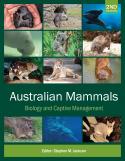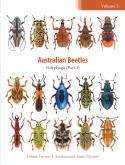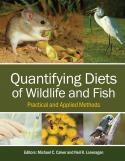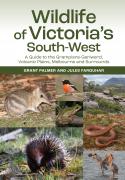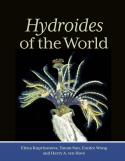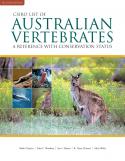The management of wild rabbits is a vexing problem worldwide. In countries such as Australia and New Zealand, wild rabbits are regarded as serious pests to agriculture and the environment, while in many European countries they are considered an important hunting resource, and are a cornerstone species in Mediterranean ecosystems, modifying habitats and supporting important predator populations such as the Iberian lynx. The introduction of two viral diseases, myxomatosis and rabbit haemorrhagic disease, as biological control agents in Australia has been met favourably, yet their spread in southern Europe threatens natural rabbit populations. Despite this, scientists with very different goals still work together with a common interest in understanding rabbit biology and epidemiology.
Australia's War Against Rabbits uses rabbit haemorrhagic disease as an important case study in understanding how animal populations adapt to diseases, caused in this case by an RNA virus. Looking at rabbit haemorrhagic disease (RHD) in an ecological framework enables insights into both virus and rabbit biology that are relevant for understanding other emerging diseases of importance to humans.
This book provides up-to-date information on recent advances in areas ranging from virus structure and disease mechanics through to the sociological implications of using biological control agents and the benefits to the economy and biodiversity. It is a compelling read for wildlife disease researchers, wildlife managers, rabbit biologists, people working in the public health and education sectors, and landholders and farmers with experience or interest in RHD.





